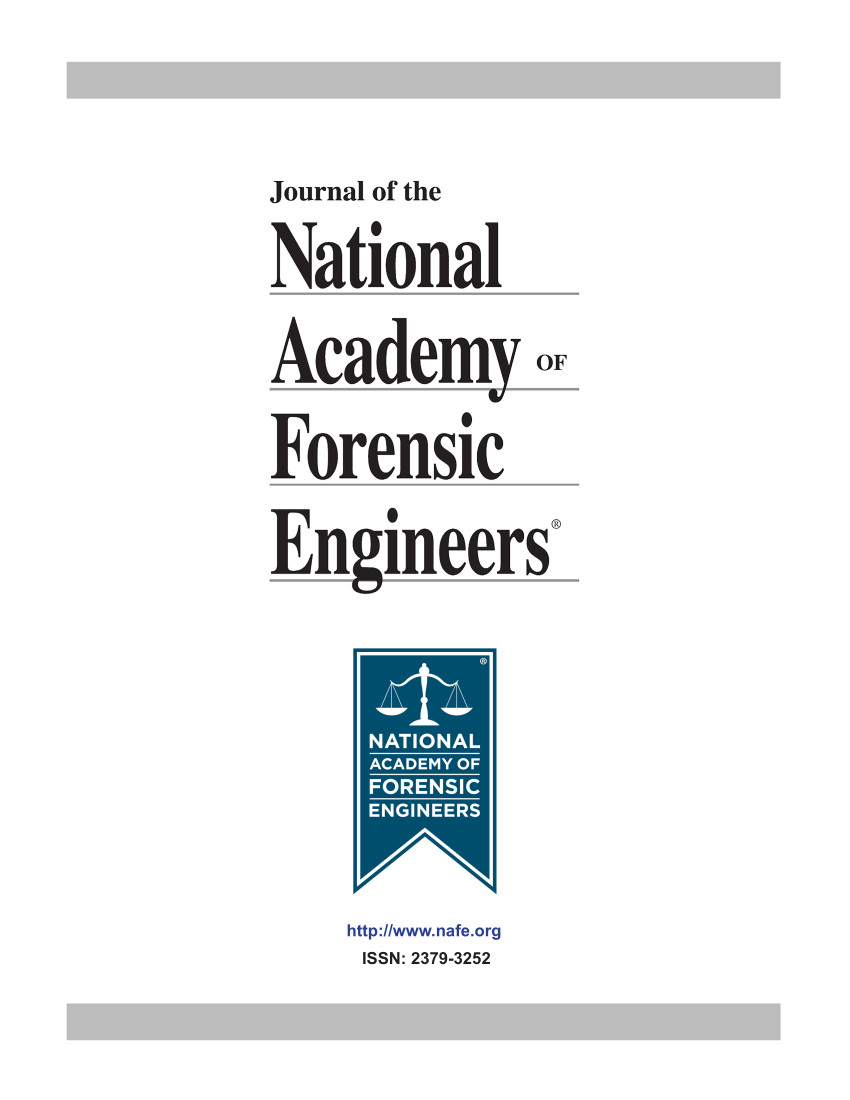Forensic Engineering Use Of Surrogates In Injury And Fatality Cases
DOI:
https://doi.org/10.51501/jotnafe.v24i2.678Keywords:
SimulationAbstract
In Personal Injury And Fatality Cases, Particularly Those Involving Biomechanics, It Can Occasionally Be Difficult To Evaluate Causation Scenarios Without The Use Of A Human Tape Measure, More Commonly Known As A Surrogate. In These Cases, For The Incident To Happen In The Manner Alleged, Certain Bodily Positions, Configurations And Movements Would Be Necessary. A Surrogate Provides Tangible, Real-World Dimensional And Range-Of-Motion References That Can Assist Both The Causation Analysis And The Triers Of Fact. Three Case Studies Will Illustrate The Benefits Of Using Human Surrogates: A Vehicle Crash Injury, An Alleged Ramp Slip-And-Fall, And A Tractor/Mower Fatality.Downloads
Published
2007-01-01
How to Cite
Leffler, John P. 2007. “Forensic Engineering Use Of Surrogates In Injury And Fatality Cases”. Journal of the National Academy of Forensic Engineers 24 (2). https://doi.org/10.51501/jotnafe.v24i2.678.
Issue
Section
Articles
License
Copyright (c) 2007 National Academy of Forensic Engineers

This work is licensed under a Creative Commons Attribution-NoDerivatives 4.0 International License.
All rights © Journal of the National Academy of Forensic Engineers.
Full statement regarding the author's license of copyright to the NAFE is shown on the Copyright section of the Submissions Page.






